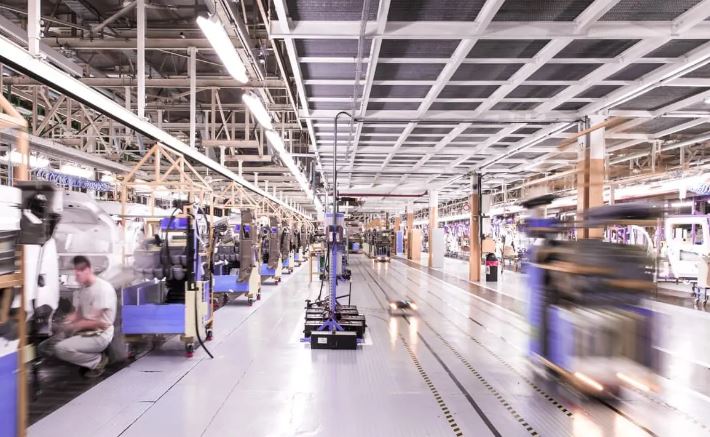LFP Battery Revolution Sparks in Europe
In a strategic move to revolutionize the electric vehicle (EV) market, Renault’s EV unit, Ampere, has unveiled an ambitious plan to integrate Lithium Iron Phosphate (LFP) battery technology alongside the existing Nickel Cobalt Manganese (NCM) batteries. This groundbreaking initiative involves collaborations with industry leaders LG Energy Solution (LGES) and CATL, aiming to establish a robust LFP battery supply chain in Europe.
Ampere’s LFP Battery Ambitions
Ampere’s decision to incorporate LFP technology addresses the growing demand for cost-effective and sustainable EV batteries. LFP batteries, known for their safety, longevity, and affordability, are gaining traction in the market as a viable alternative to NCM batteries. Ampere’s commitment to LFP technology underscores its dedication to providing a diverse range of EV options to cater to various consumer needs and budgets.
LGES and CATL: Powering the Future of EVs
The strategic partnerships with LGES and CATL will be instrumental in realizing Ampere’s LFP battery aspirations. LGES, a renowned battery manufacturer, will supply 39 gigawatt hours of LFP pouch-type batteries to Renault, enough to power approximately 590,000 vehicles. This landmark deal marks LGES’s first foray into LFP battery supply for EVs, solidifying its position as a key player in the evolving battery landscape.
CATL, another global battery giant, brings its expertise in LFP technology to the table, further bolstering Ampere’s efforts to create a resilient and competitive LFP battery ecosystem in Europe. The collaboration with CATL ensures a steady supply of high-quality LFP batteries, essential for meeting the growing demand for electric vehicles in the region.
Cell-to-Pack Technology: A Game-Changer for EV Range
Ampere’s LFP battery strategy goes beyond simply incorporating new technology; it also includes developing innovative solutions to enhance EV performance. In collaboration with LGES, Ampere is pioneering cell-to-pack (CTP) technology for pouch-type batteries. This groundbreaking approach increases vehicle range by integrating more cells and, consequently, more energy into the battery pack. By optimizing space utilization and energy density, Ampere aims to deliver EVs with extended range capabilities, addressing one of the primary concerns of potential EV buyers.
Driving Down Costs and Expanding EV Adoption
Ampere’s strategic move towards LFP technology and CTP innovation is expected to yield significant cost reductions in EV battery production. The company aims to achieve a remarkable 20% reduction in battery costs, making EVs more accessible to a wider audience. This cost reduction, coupled with the improved range offered by CTP technology, could be a game-changer in accelerating EV adoption across Europe.
Key Takeaways:
| Key Learning Points | Description |
|---|---|
| LFP Battery Adoption in Europe | Renault’s EV unit, Ampere, embraces LFP battery technology to offer cost-effective and sustainable EV options. |
| Strategic Partnerships | Ampere collaborates with LGES and CATL to establish a robust LFP battery supply chain in Europe. |
| Cell-to-Pack Technology | Ampere pioneers CTP technology for pouch-type batteries to increase EV range and energy density. |
| Cost Reduction and EV Adoption | Ampere aims to achieve a 20% reduction in battery costs, making EVs more accessible and accelerating adoption. |

Roshan Kumar Sahoo is a multifaceted journalist with expertise in entertainment-related news, sports , tech, and international relations. His ability to navigate these diverse fields allows him to provide readers with a rich blend of content, from the latest entertainment buzz to cutting-edge sports technology and insightful analysis of global affairs. Roshan’s writing is characterized by its depth, accuracy, and engaging style, making him a trusted voice across multiple domains.



